
The World's Columbian Exposition was a world's fair held in Chicago in 1893 to celebrate the 400th anniversary of Christopher Columbus's arrival in the New World in 1492. The centerpiece of the Fair, held in Jackson Park, was a large water pool representing the voyage Columbus took to the New World. Chicago had won the right to host the fair over several other cities, including New York City, Washington, D.C., and St. Louis. The exposition was an influential social and cultural event and had a profound effect on American architecture, the arts, American industrial optimism, and Chicago's image.
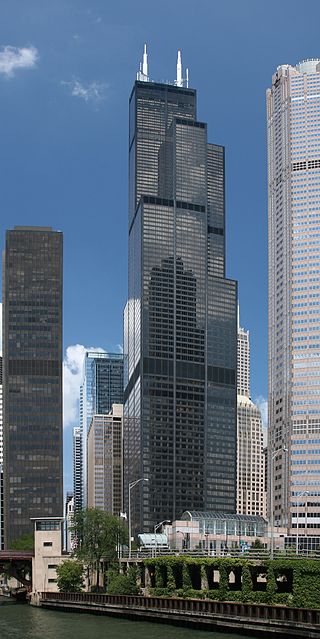
The buildings and architecture of Chicago reflect the city's history and multicultural heritage, featuring prominent buildings in a variety of styles. Most structures downtown were destroyed by the Great Chicago Fire in 1871.

Lorado Zadok Taft was an American sculptor, writer and educator. His 1903 book, The History of American Sculpture, was the first survey of the subject and stood for decades as the standard reference. He has been credited with helping to advance the status of women as sculptors.

Enid Yandell was an American sculptor from Louisville, Kentucky who studied with Auguste Rodin in Paris, Philip Martiny in New York City, and Frederick William MacMonnies.
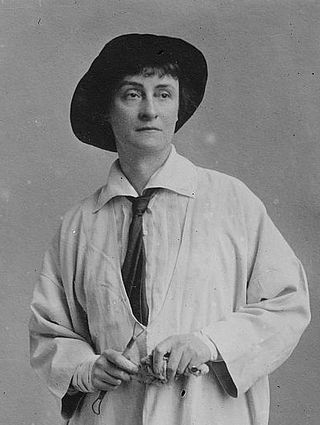
Janet Scudder, born Netta Deweze Frazee Scudder, was an American sculptor and painter from Terre Haute, Indiana, who is best known for her memorial sculptures, bas-relief portraiture, and portrait medallions, as well as her garden sculptures and fountains. Her first major commission was the design for the seal of the New York Bar Association around 1896. Scudder's Frog Fountain (1901) led to the series of sculptures and fountains for which she is best known. Later commissions included a Congressional Gold Medal honoring Domício da Gama and a commemorative medal for Indiana's centennial in 1916. Scudder also displayed her work at numerous national and international exhibitions in the United States and in Europe from the late 1890s to the late 1930s. Scudder's autobiography, Modeling My Life, was published in 1925.

Bessie Potter Vonnoh was an American sculptor best known for her small bronzes, mostly of domestic scenes, and for her garden fountains. Her stated artistic objective, as she told an interviewer in 1925, was to “look for beauty in the every-day world, to catch the joy and swing of modern American life.”
Richard W. Bock was an American sculptor and associate of Frank Lloyd Wright.

Helen Farnsworth Mears was an American sculptor.

Carol Brooks MacNeil was an American sculptor, born in Chicago where she studied at the Art Institute of Chicago under Lorado Taft. MacNeil modeled many charming and unique designs for vases, teapots, inkstands, and other decorative and useful objects, as well as children's busts, including those of her two sons, and statuettes.

Fountain of Time, or simply Time, is a sculpture by Lorado Taft, measuring 126 feet 10 inches (38.66 m) in length, situated at the western edge of the Midway Plaisance within Washington Park in Chicago, Illinois, in the United States. The sculpture is inspired by Henry Austin Dobson's poem "Paradox of Time". Its 100 figures passing before Father Time were created as a monument to the 100 years of peace between the United States and the United Kingdom following the Treaty of Ghent in 1814. Father Time faces the 100 from across a water basin. The fountain's water was turned on in 1920, and the sculpture was dedicated in 1922. It is a contributing structure to the Washington Park United States Registered Historic District, which is a National Register of Historic Places listing.

Nellie Verne Walker, was an American sculptor best known for her statue of James Harlan formerly in the National Statuary Hall Collection in the United States Capitol, Washington D.C.
Edward Q Wagner was a German-American sculptor.

Fountain of the Great Lakes, or Spirit of the Great Lakes Fountain, is an allegorical sculpture and fountain by Lorado Taft. The bronze artwork, created between 1907 and 1913, depicts five women arranged so that the fountains waterfall recalls the waterflow through the five Great Lakes of North America. In the Great Lakes, the waterflow begins in Lake Superior at 600 feet (180 m) above sea level and continues eastward through each lake until it reaches Lake Ontario. The Fountain is one of Taft's best known works. It is located in the public South McCormick Memorial Court of the Art Institute of Chicago, in the Chicago Loop.

Indiana is a public artwork by Retta T. Matthews of Arlington, Indiana that was originally displayed in the Indiana State Building at the 1893 Chicago World's Fair. The sculpture is currently located on the fourth floor of the Indiana Statehouse in downtown Indianapolis, Indiana, USA.
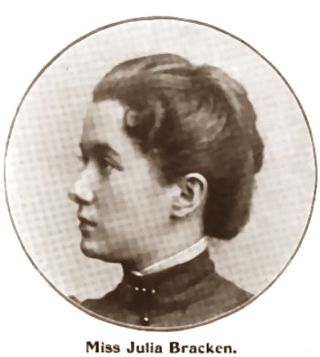
Julia Bracken Wendt, (1870–1942) a notable American sculptor, was born on June 10, 1871 in Apple River, Illinois, the twelfth of thirteen children in an Irish Catholic family.
Mary Hortense Webster (1881–1965) was an American sculptor.
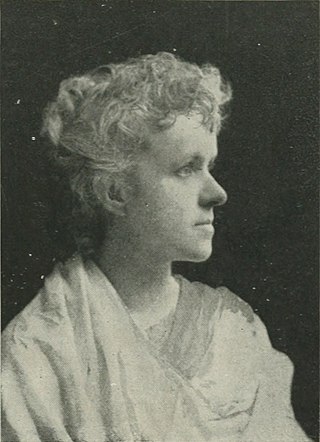
Ellen Rankin Copp, also called Ellen or Helen Houser Rankin, was an American sculptor. Her works were featured at the World's Columbian Exposition in Chicago in 1893.
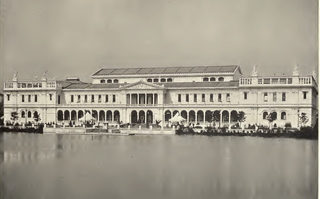
The Woman's Building was designed and built for the World's Columbian Exposition held in Chicago in 1893 under the auspices of the Board of Lady Managers. Of the twelve main buildings for the Exhibition, on June 30, 1892 The Woman's Building was the first to be completed. It had exhibition space as well as an assembly room, a library, and a Hall of Honor. The History of the World's Fair states, "It will be a long time before such an aggregation of woman's work, as may now be seen in the Woman's Building, can be gathered from all parts of the world again."
Lydia Purdy Hess was an American artist best known for her Portrait of Miss E. H., which was exhibited at the Paris Salon de la Societé Nationale des Beaux-Arts, the Pennsylvania Academy of Fine Arts, and the World's Columbian Exposition in Chicago in 1893.

Jean Pond Miner Coburn (1866–1967) was born in Menasha, Wisconsin. She studied at the Art Institute of Chicago, and is most notable for her work Forward.
















